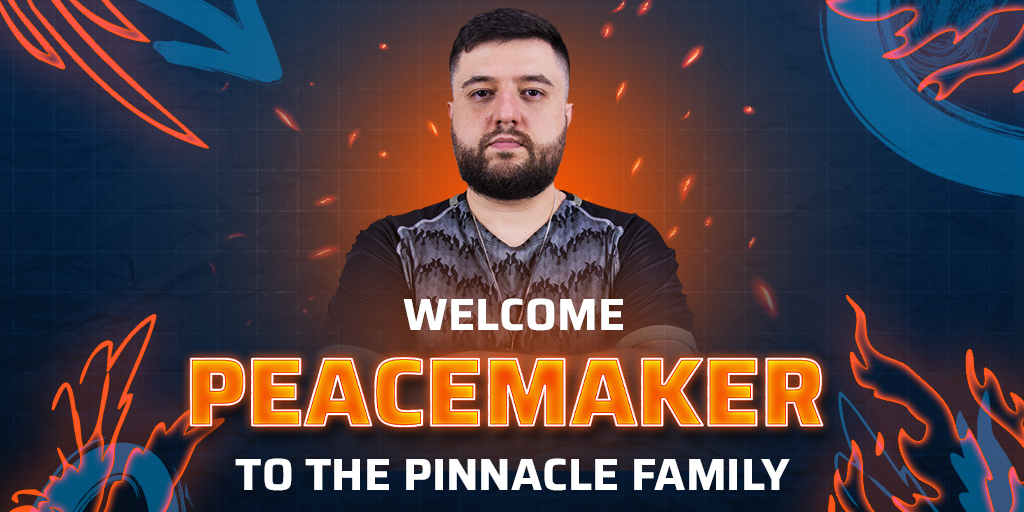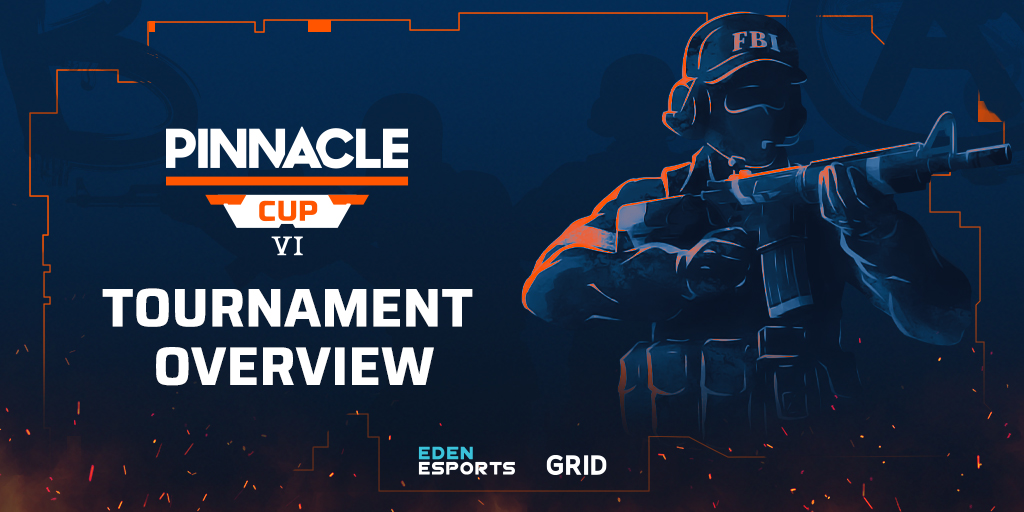In CS:GO there is an economy system which brings balance to stacked games by way of wins, losses and completing objectives. It’s important to have this system in place in order to stop games snow balling out of control.
One key thing to remember when learning about the CS:GO economy is that Terrorists (T) and Counter-Terrorists (CT) both have slightly different guns and utilities they can buy. For example, the CT’s can buy a defuse kit to defuse the bomb quicker, and the T’s do not.
One of the first steps to learning more about the CS:GO economy is understanding the objectives used within the game. There aren’t many objectives within competitive CS:GO but depending on how your team wins the round determines how much round winning economy you will receive.
CS:GO Economy: The basics
In competitive CS:GO, there are a maximum of 30 rounds before Overtime. Team A will start on the CT side and Team B will be T. After 15 rounds has been played, the teams will swap and Team A will become the T side and Team B CT.
T’s have two objectives, to win by eliminating all the CT’s and detonating the bomb. CT’s win by eliminating all the T’s, defusing the bomb if it was planted, or letting the timer run out.
Both teams start round one with $800 for what is known as the ‘pistol’ round. From that point on, each team competes for kills and/or completing objectives. Getting kills with certain weapons effects how much income you will receive (the same rules apply for objectives). The maximum economy any one player can have during a match is $16,000.
A game of CS:GO is won by either team reaching a round score of 16. If over the course of both halves teams reach a score of 15:15 then (in most scenarios) Overtime will activate.
Overtime has each team playing three rounds on each side until a clear winner is found - if Team A wins three rounds but then loses three rounds on CT’s, Overtime will continue.
CS:GO economy system
Let’s dive a little deeper.

To begin with, each team has a primary objective. The T’s have to plant the bomb
and the CT’s have to prevent the T’s from planting the bomb.
For the most part, objectives throughout the match consist of; plant/defuse the bomb, win by elimination, or win by time out (CT’s). Each of these objectives has a direct impact on the team economy. Above, we’ve detailed how weapons, loss sprees and objectives have a direct impact on the CS:GO economy.
By having a loss streak, it allows for the game to balance itself. If Team A remains at $16,000 Team B wouldn’t be able to get a higher tiered weapon until three rounds in, only for them to potentially lose again and start with nothing.
CS:GO economy: Objective play and decision making
T’s always have the primary objective, and CT’s have to defend that objective. Having a better understanding of how roles can affect style of play would be beneficial as you wouldn’t expect an AWPer to carry the bomb, for example.
Let’s say it’s round one, Team A (CT) has won the pistol by elimination, bought nothing and each player managed to get a kill. CT’s players would receive $3,250, and each player managed to secure a kill, receiving $300, they also have their starting income of $800 which will bring their round two total to $4,350.
Team A continue to snowball their way through the rounds, bringing their total individual economy to $16,000. It would make little sense at this stage in the game for Team A to not fully equip themselves with weapons, armour and grenades.
If Team A, now on five continuous round wins, would have a higher economy, you would assume that if they were to lose a round they would be able to buy the same level of equipment again.
An AWPer would receive $100 for killing someone, sitting at near maximum income already, even if they were to die this round, they would be able to fully equip themselves again.
Team B (T) on the other hand could potentially take a bigger risk by using lower tiered weapons as they will receive more income per-kill. It would also make more sense for Team B to play the objectives as they would receive additional income for planting the bomb, more so during a losing spree.
Loss sprees could also be a legitimate tactic. By continuously losing a round, you increase the income you receive as part of the loss spree. This means that you start exchanging kills, lose the round and plant the bomb you will still receive income based on the weapon you’ve used.
How to use the economy for tactical strategies
Typically, each team wants to get better equipment before the other in order to achieve some early wins and motivation. By having higher tiered weapons and kit, it allows you to progress smoothly towards the objective. Whereas force buys can lead teams to either have a strong round or have a repeated weaker round depending on how the map is played out.
Example: Team A have full equipment. Team B just lost the round. Team B have about $700 each but instead of preserving their money, they decide to buy a Deagle (Desert Eagle) bringing their individual economy to $50. They then lose the round, didn’t secure any objectives or kills and they start the next round on low income again. This can also lead to predictability.
If Team B have low economy and they did buy Deagles, you can assume that next round their economy will be relatively low unless they won, or are on a loss streak, at which point you could also assume that they would not have enough income to fully equip themselves.
Loss sprees could also be a legitimate tactic. By continuously losing a round, you increase the income you receive as part of the loss spree.
Predictability works both ways. If Team A, now on five continuous round wins, would have a higher economy, you would assume that if they were to lose a round they would be able to buy the same level of equipment again. Team B would then also have a better idea of what Team A would have bought which allows for counter play.
Many different factors play into the overall strategy within CS:GO as a whole and you can take many different routes to achieve a higher income. We take a more detailed look into the money system that revolves around CS:GO in our CS:GO money system explained article.







